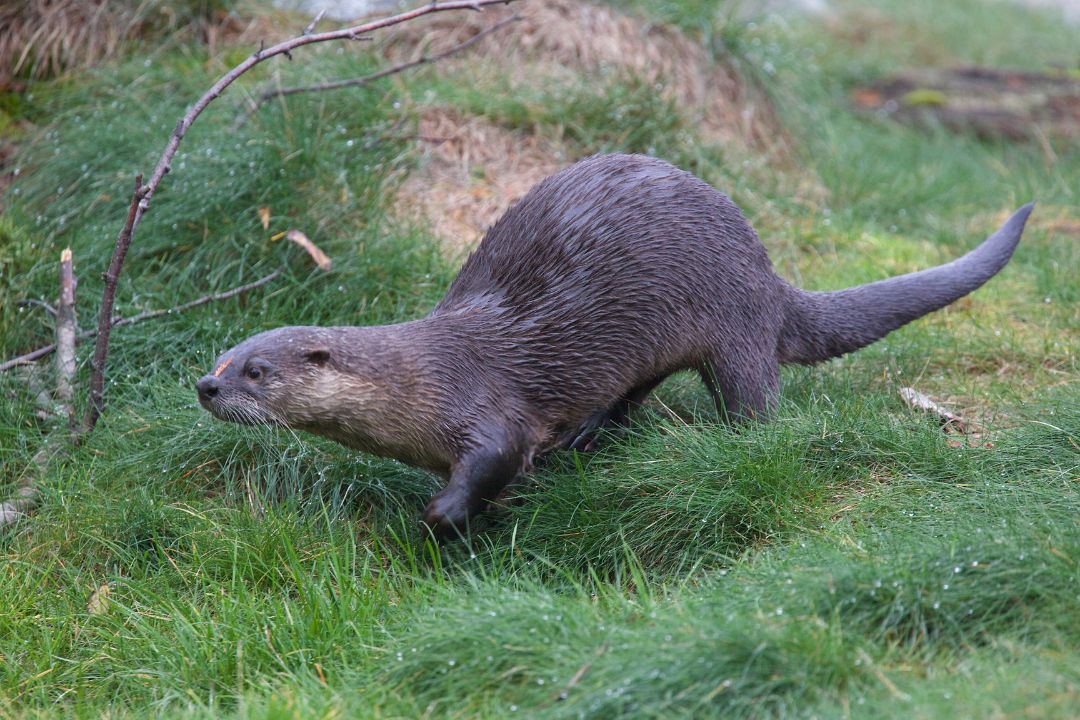
Otters are a cute and fascinating animal. Whether they live in the sea, in salt water, or in rivers, which are freshwater, we enjoy seeing their flexible bodies moving through the water and on land. Let’s explore some fun facts about otter.
Fun Fact #1 – Otters are Semiaquatic
Otters are semiaquatic mammals, meaning they live near the water, either rivers or oceans. Asian small-clawed otters are the smallest of the 13 species of otter: they weigh less than 10 pounds and measure two feet: one foot body, one foot tail.
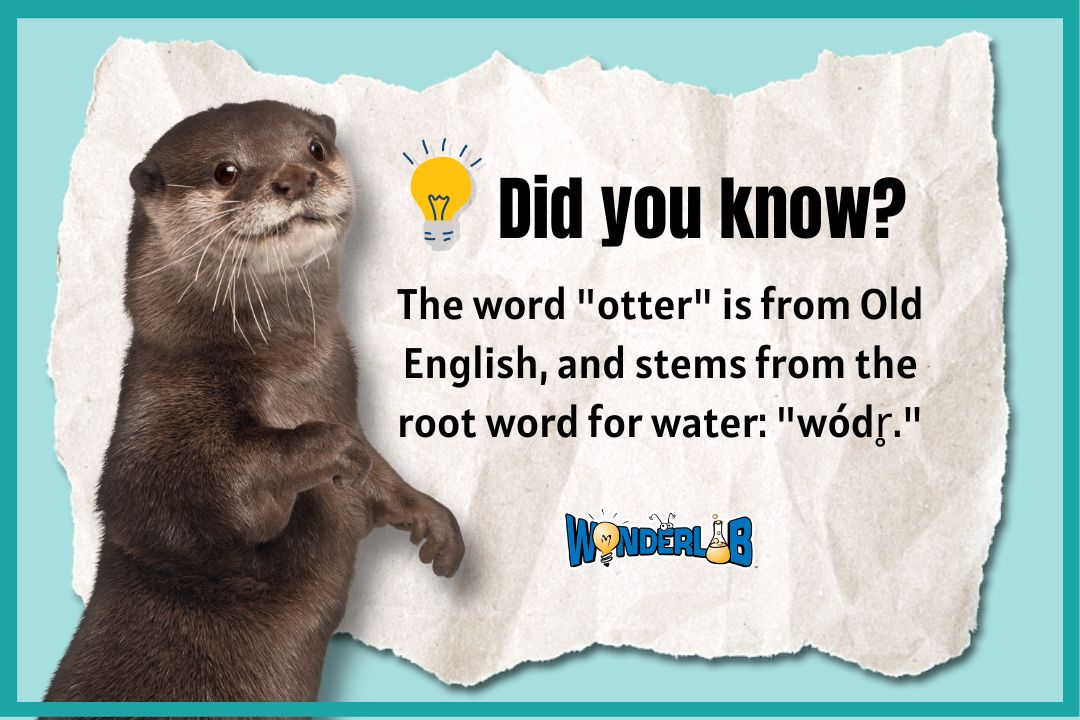
Fun Fact #2 – Otter Phylogeny
Otters have an interesting family tree: through the family Mustelidae, otters are related to badgers, minks, weasels, and raccoons.
Fun Fact #3 – Otters Live Everywhere
Asian small-clawed otters live in southern India, southern China, Southeast Asia, Indonesia and the Philippines. Other types of otter live all over the world.
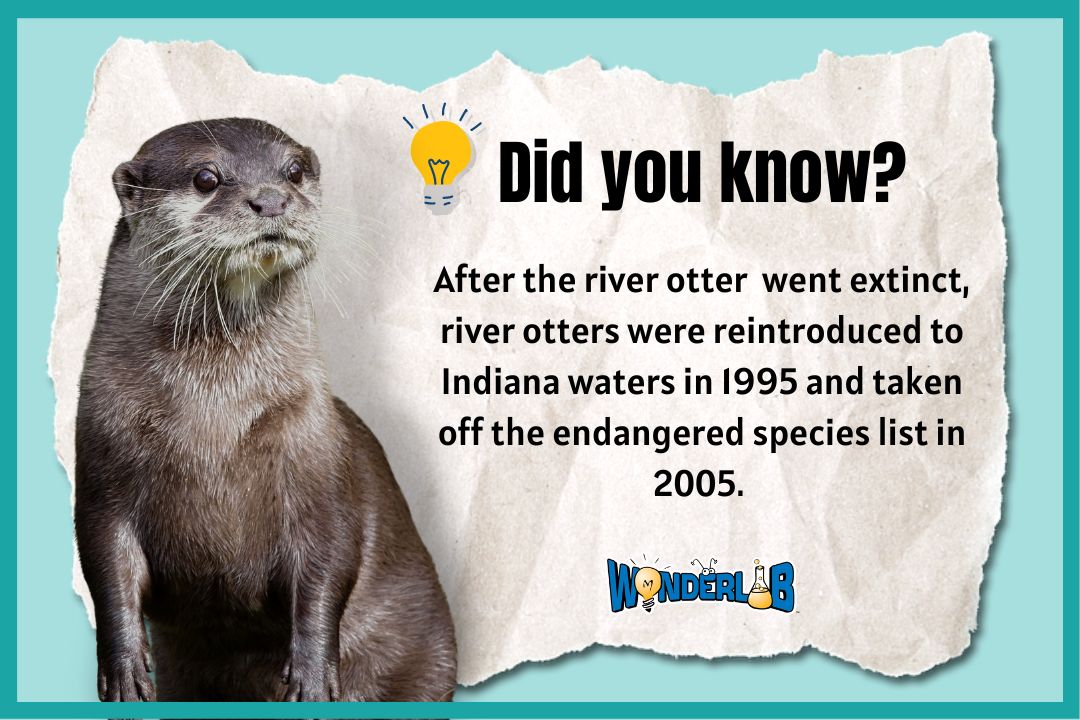
The Indiana river otter went extinct in 1942 from over-hunting and loss of habitat. In 1995, river otters were re-introduced into Indiana watersheds and subsequently several other groups of otter were brought to nature preserves in both north and south Indiana. Since then, they have successfully moved in and reproduced to the extent that by 2005 they were taken off the endangered species list.
Fun Fact #4 – Otters Can be Born Any Time of Year
Otters are sexually mature at one and a half years old. The females are pregnant for about two and a half months and can have litters of one to six pups. All members of the family group of river otters help to take care of and feed the young pups. The male and female bodies of otters are almost the same, there is not a lot of difference in size or shape as there is in other animal species. When Asian small-clawed otters mate, they stay together for life.
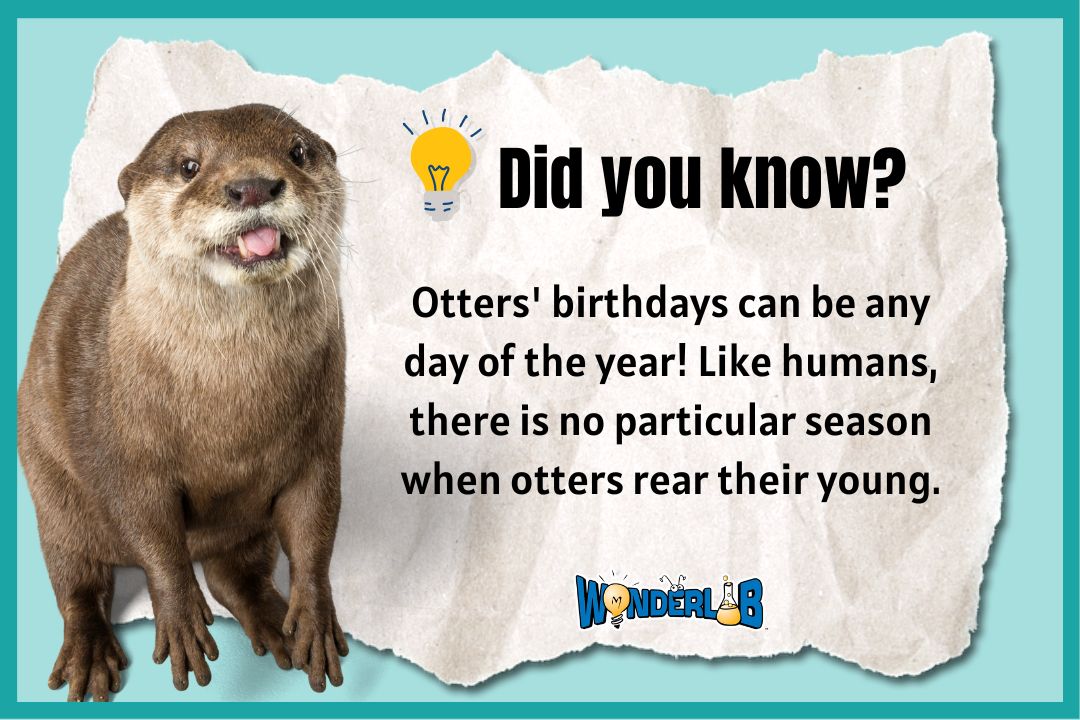
Just like humans can be born at any time of year, otters can also be born at any time of year: they do not have a particular season when they are more likely to get pregnant or rear young.
Fun Fact #5 – Otters Stay Warm with Their Fur
Unlike most other marine mammals, otters lack a blubber layer.
Instead, otters depend on their dense, water-resistant fur to provide insulation. To keep warm, otters spend a large portion of their days grooming and conditioning their fur. This traps air and heat next to their skin.
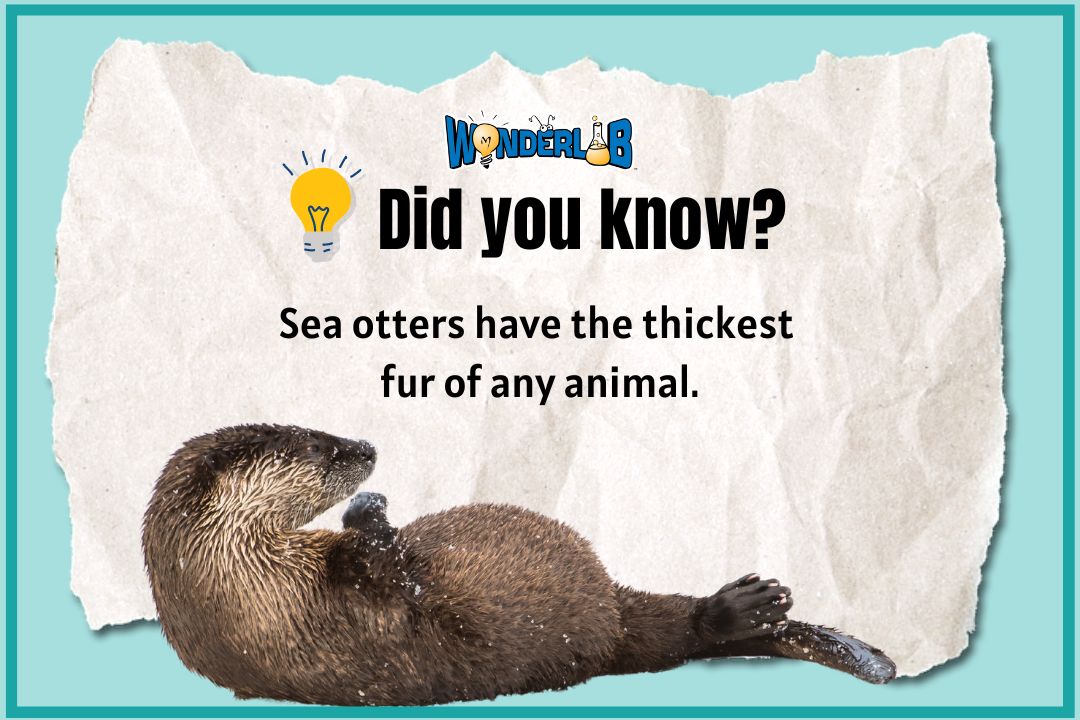
Fun Fact #6 – Otters Need to Keep Moving
An otter’s lung capacity is 2.5 times greater than that of similar-sized land mammals. River otters can hold their breath for up to 8 minutes. The increased time underwater improves otters’ opportunity to sense prey and forage for food.
Fun Fact #7 – Otters are Very Vocal Animals
Asian small-clawed otters are very vocal animals: they have at least 12 different vocalizations in their vocabulary. They use these vocalizations for such things as greetings, threat or alarm calls, and social contact. In addition, these otters use scent markings from scent glands at the base of their tails. They pass information through their musky scent.
Fun Fact #8 – Otters use Tools
Otters eat primarily crustaceans and mollusks including crabs, sea urchins, mussels, and snails. They also eat fish, insects, and amphibians. Sea otters are considered a “keystone species” because their presence is so important to their ecosystem. Otters help control the populations of sea urchins, which help prevent kelp forests from being overgrazed
Otters use their forepaws to capture and hold their food. They have a lot of manual dexterity due to incomplete webbing between their toes. They forage in sand and mud to find shellfish using sensitive pads on their toes, then they lie on their backs in the water and crush the shells with their paws and their strong broad teeth.
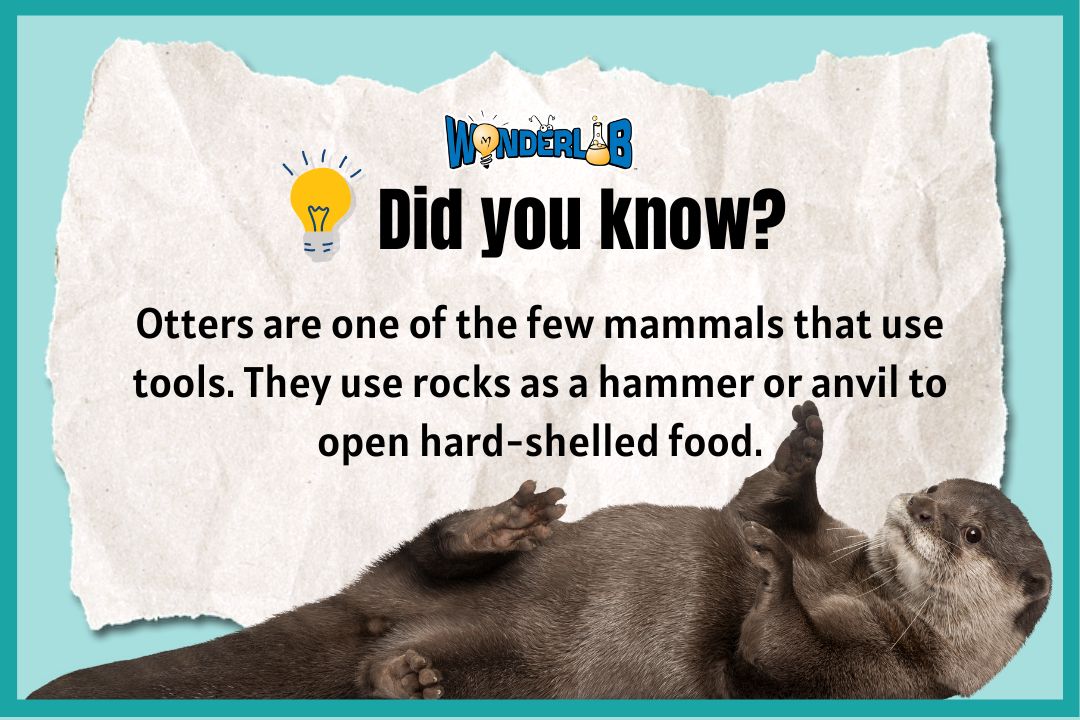
A sea otter’s tool of choice: typically a rock that can be used as a hammer or anvil to break open hard-shelled food.
Fun Fact #9 – Otters live in Groups
Otters live in family groups of as many as 15 or 20 individuals. They are a social species, but they hunt on their own.
Learn More! – References
Smooth-coated otters: Conservation in Asia Nottingham Trent University, UK blog. Retrieved May 26, 2022, from https://blogs.ntu.edu.sg/hp3203-2017-02/otterbiography/taxonomy/
Asian small-clawed otter Wikipedia page. Retrieved May 25, 2022, from https://en.wikipedia.org/wiki/Asian_small-clawed_otter
Asian small-clawed otter: Smithsonian’s national zoo and conservation biology institute. Retrieved May 26, 2022, from https://nationalzoo.si.edu/animals/asian-small-clawed-otter#:~:text=Asian
River otters are latest successful comeback Kokomo Tribune by John Martino. Retrieved May 28, 2022, from https://www.kokomotribune.com/sports/martino-river-otters-are-latest-successful-comeback/article_ebf5c43c-2386-11ea-afb4-c351c2c121a0.html
River Otter in Indiana: Indiana Department of Natural Resources. Retrieved May 28, 2022, from https://www.in.gov/dnr/fish-and-wildlife/wildlife-resources/animals/river-otter/#:~:text=River%20otters%20(Lontra%20canadensis)%20are,of%20northern%20and%20southern%20Indiana
SeaWorld Parks & Entertainment All About Otters. Retrieved May 27, 2022, from All About Otters – Physical Characteristics | SeaWorld Parks & Entertainment
 About the author: Sophia Fatouros is the Membership Manager at WonderLab. Since childhood, she has been an avid watcher of nature specials on television. Sophia has enjoyed researching this blog by watching videos of otters opening urchins, taking care of their young, and holding paws while asleep so as not to drift away from each other.
About the author: Sophia Fatouros is the Membership Manager at WonderLab. Since childhood, she has been an avid watcher of nature specials on television. Sophia has enjoyed researching this blog by watching videos of otters opening urchins, taking care of their young, and holding paws while asleep so as not to drift away from each other.

Enjoyed all the facts about otters. They are fun to watch if you get to see them in the wild.